The Low Anthem
Donaukanal, 2011
Just when we arrive at Flex to meet The Low Anthem, their tourbus slowly approaches, the driver looks for a place to park and the band quickly disappears in the backstage room of the Flex venue. We are asked to give them half an hour to wake up and eat. Of course we do, since tour life and especially sitting in a van every day and driving for many hours can be quite exhausting. To keep things easy we just head to an old and empty Otto Wagner building on the other side of the Donaukanal with the still a bit sleepy Providence-based band. „Ghost Woman Blues“, the George Carter cover opening The Low Anthem’s current record „Smart Flesh“, is the song they choose to play for us, and as soon as singer Ben Knox Miller starts strumming the chords the band is wide awake and performs a passionate version of the song next to the slighty worn-off Art Nouveau building. Never mind the weird microphone positions, the band did insist on attaching them on their own, which they didn’t take 100 per cent serioulsy…
- Camera
- Michael Luger
- Sound Recording
- Matthias Leihs
- Post production
- Michael Luger
- Photography
- Nicola von Leffern
- Artist
- The Low Anthem
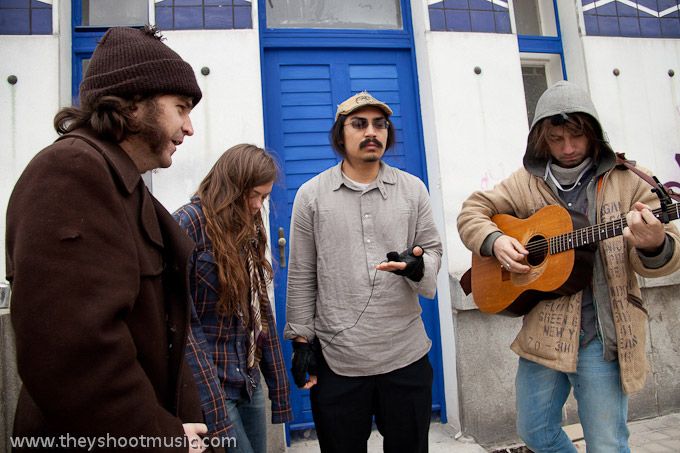
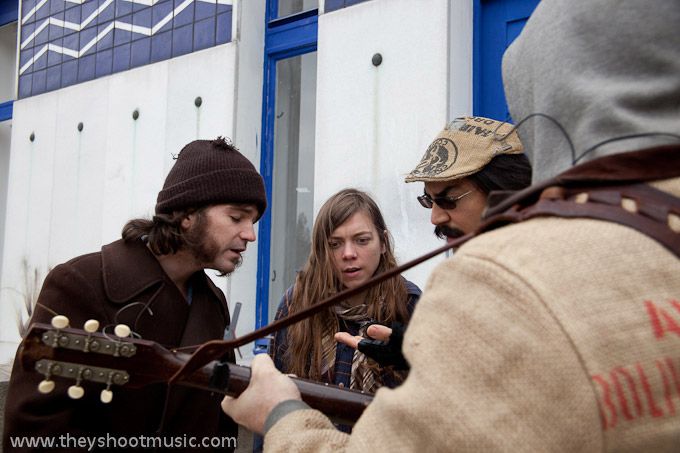
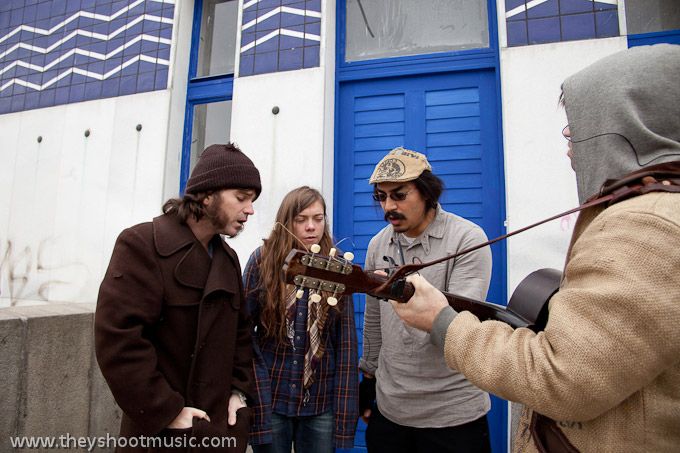
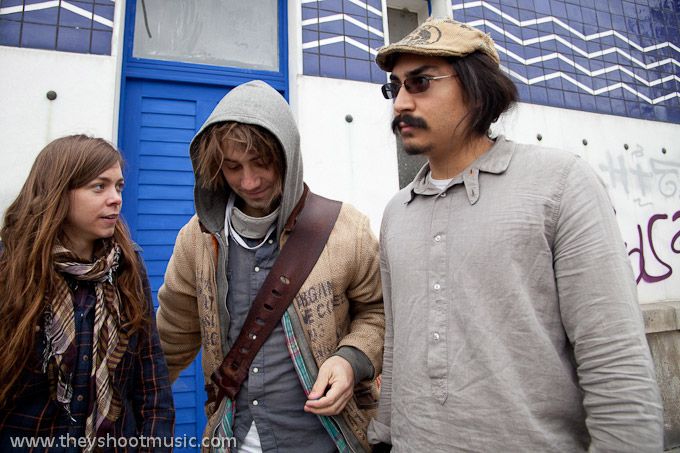
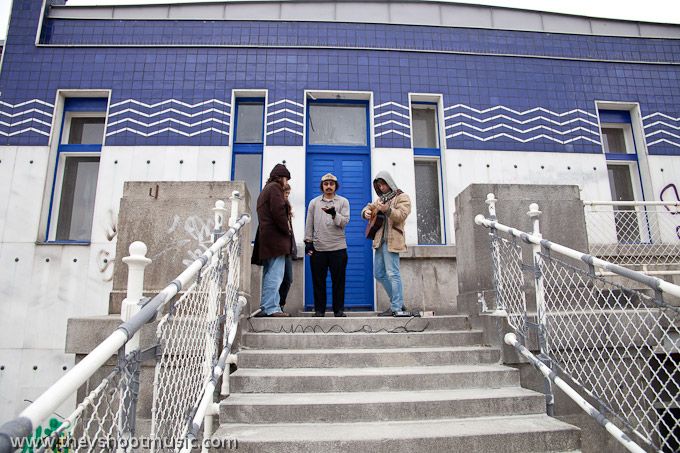
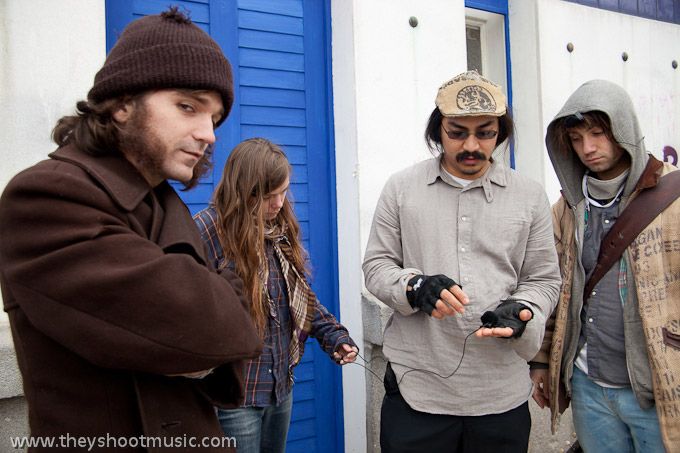


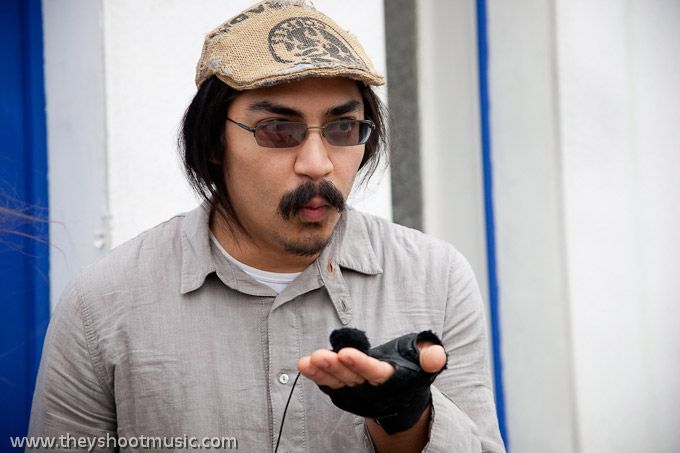
Donaukanal
Donaukanal is the southern side arm of the river Danube in Vienna. Although the 17 kilometres long canal is quite narrow it is far more connected to the city than the actual Danube, passing the Inner City including all the nightlife hotspots around Schwedenplatz as well as the popular recreation area Prater. The vicinity to the city center may as well be the reason that the canal is particularly appealing to joggers, bikers and walkers. In the past two decades local politicians often discussed chances to integrate the Donaukanal even more in the city’s life by supporting the spread of clubs and bars like the old-established Flex or the newly created Badeschiff and making it a reasonable choice to spend your night out enjoying yourself on the concrete banks of the canal. What is now the canal was the main river until medieval times. Repeated floods frequently relocated the riverbed north- or southwards and – together with extensive river training measures – changed the hierarchy. Since around 1700 the side arm is known as Donaukanal.